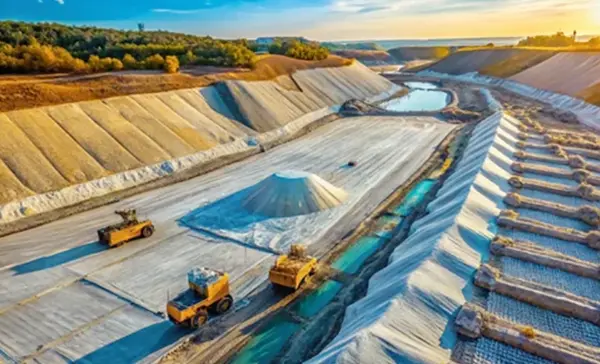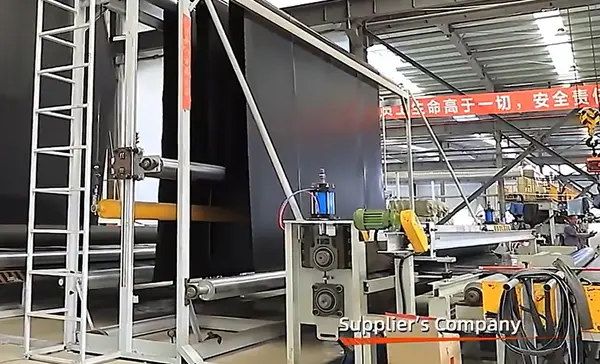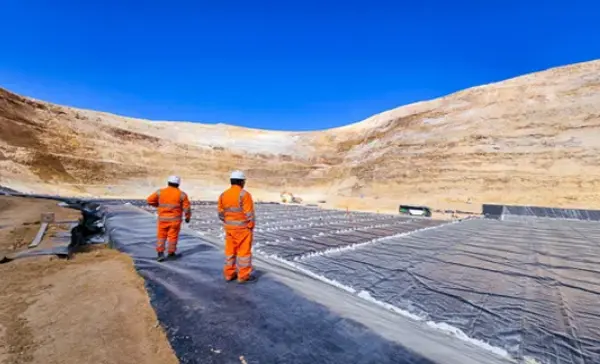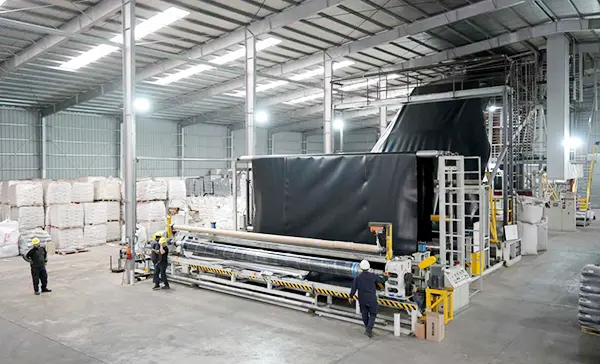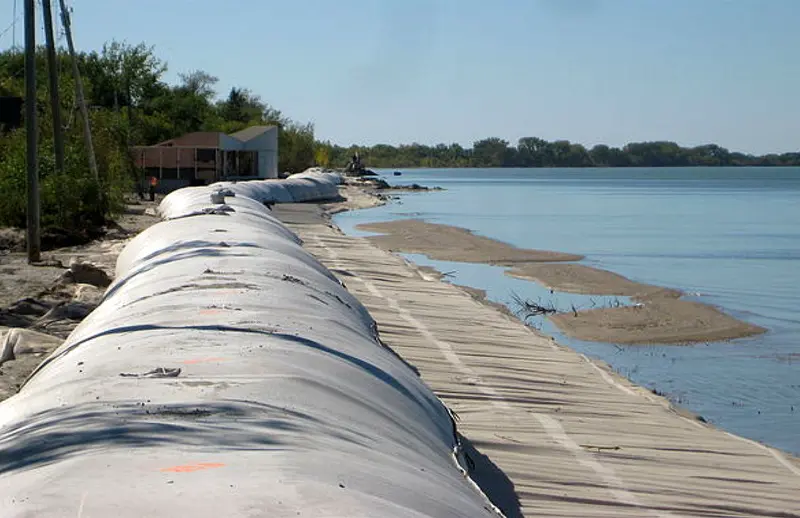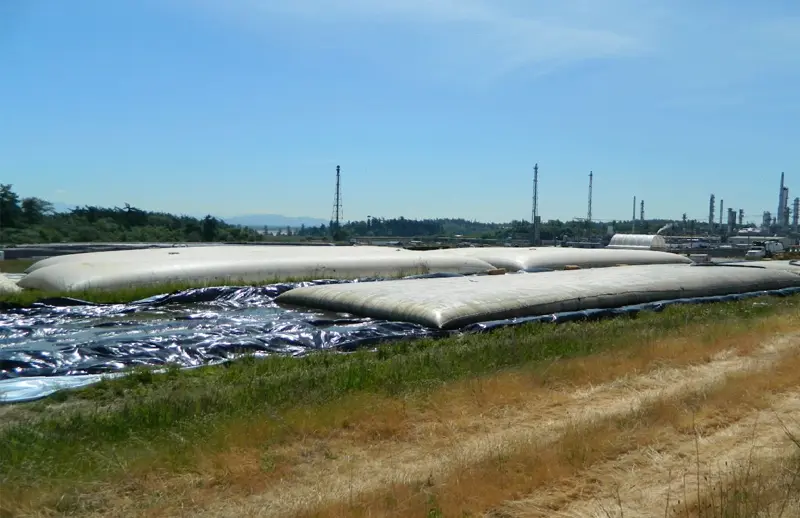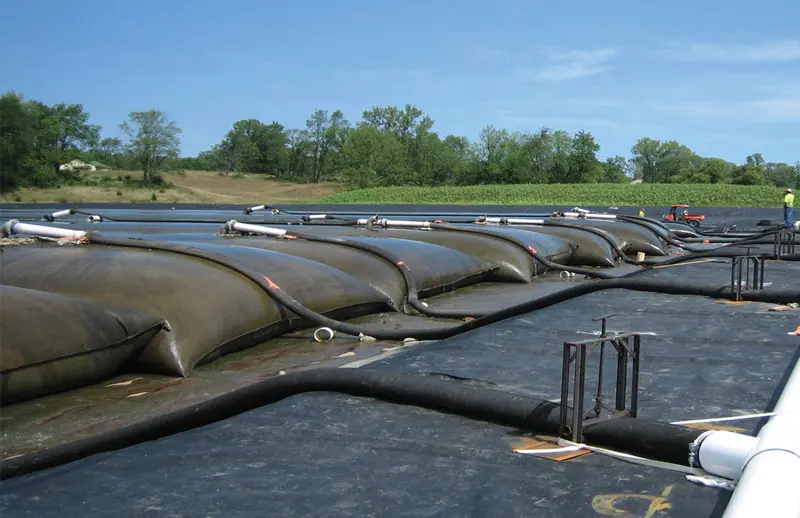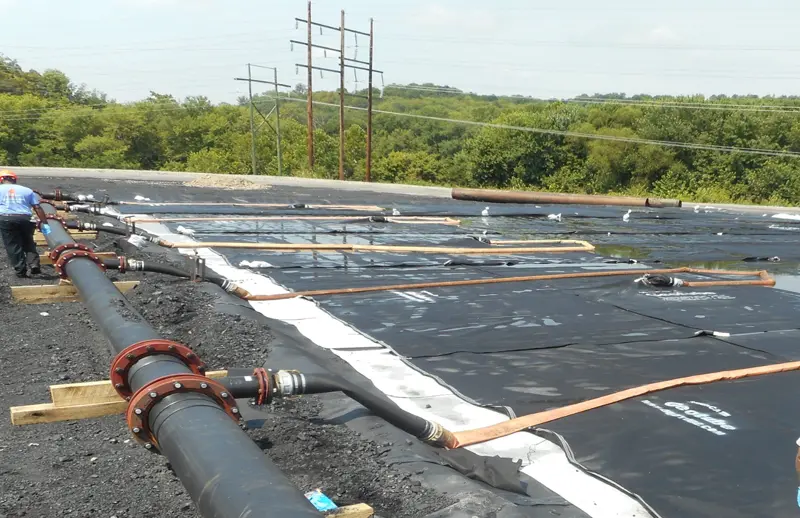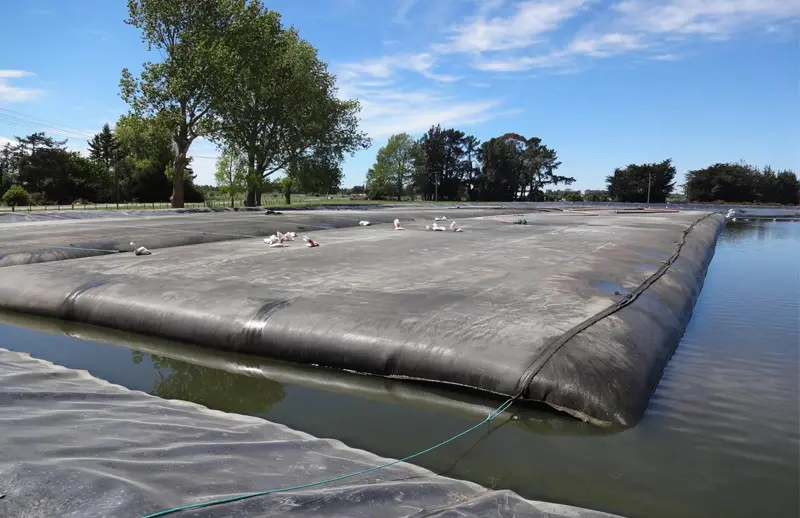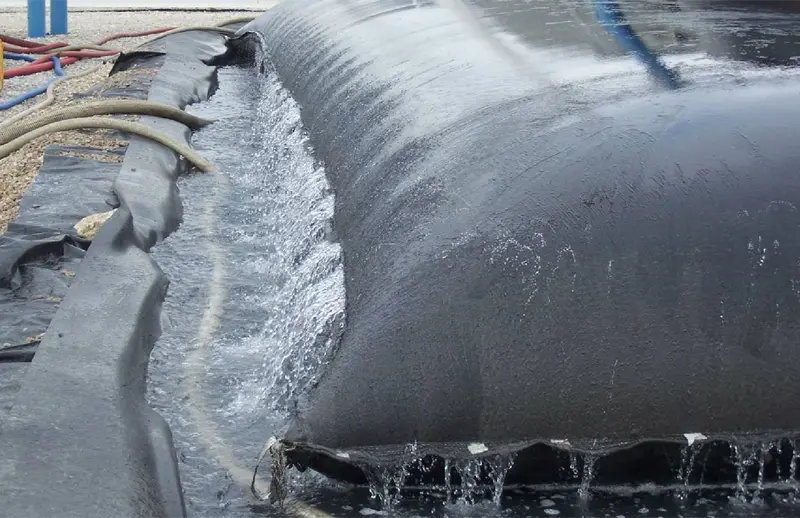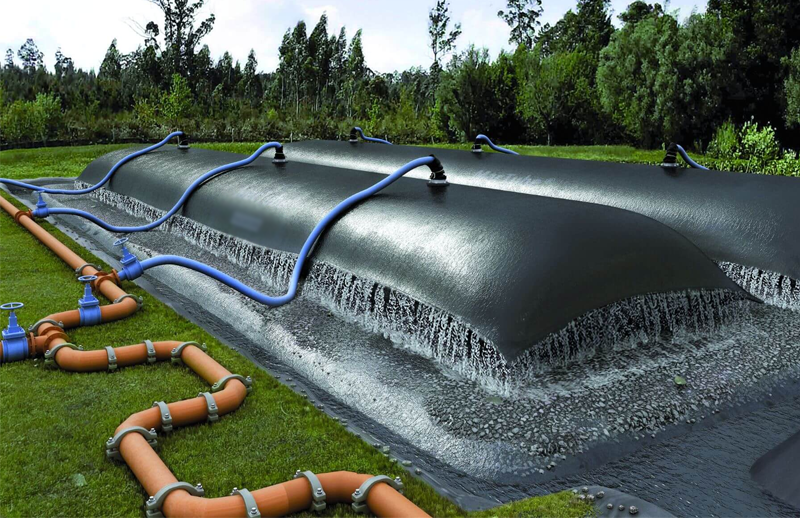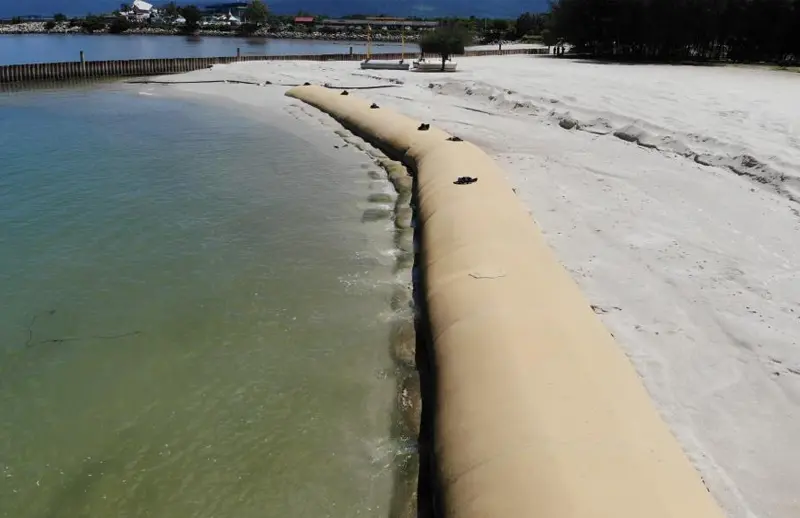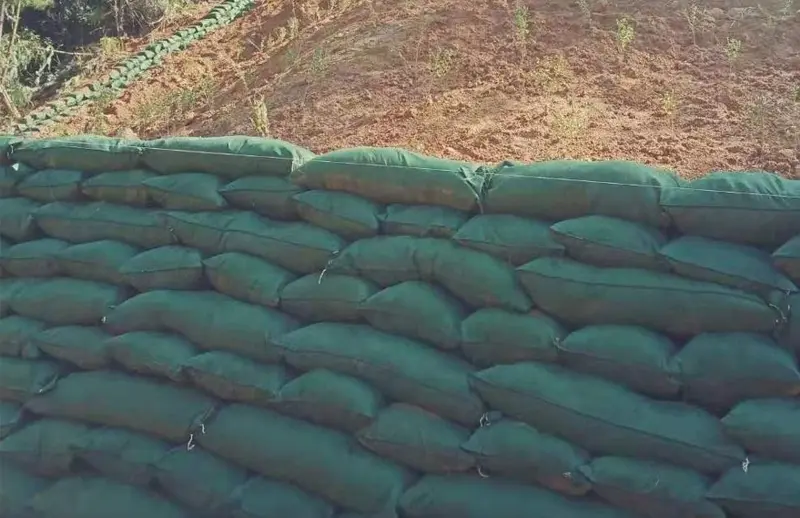
Geotextile Dewatering Tubes
Geotextile Dewatering Tubesare manufactured from a high flow woven geotextile, and are used in a wide range of dewatering applications.
Geotextile Dewatering Tubesare manufactured from a high flow woven geotextile, and are used in a wide range of dewatering applications.Geotextile Dewatering Tubes are used in a wide range of applications to dewater sediment laden water retaining the soil particles in the tubes allowing the clean water to filter through the tubes. The filtrate water is often returned into the source pond or released depending on the consent conditions.
Geotextile Dewatering Tubes are available in a high flow and standard flow geotextile option. The high flow option is manufactured from a special mono/multifilament woven geotextile designed to provide high flow through the fabric while still filtering the fine particles. This allows more water to be pumped through the tubes in a shorter period and a higher solids content to be achieved in the tubes in a shorter period.
Sludge is pumped into sludge dewatering tubes. In most cases, coagulant and flocculant are added to the sludge, which makes the collapse of sludge structure also traps heavy metals and organic contaminants, produces relatively large amounts of free water. Our unique geotextile fabric that capture bonded particles.
The effluent drains from geotextile tube through the small pores in our specially woven geotextile. This results in effective dewatering and dramatically volume reduction of the sludge. The volume reduction allows for repeated filling of the geo tube. Clear effluent can be collected and recirculated through flow system.
After dewatering, the solids remain in the geobag and continue to densify due to eliminate remianing free water and solids pore water vapor escapes through the geotextile fabric. When full, the geotextile tube can be deposited at a landfill, remain on site, or the solids can be removed and land applied when appropriate.
The geometry of geotextile tube is very important. For exsample, you need ‘geotextile tube seawall’ to protect shoreline from eronsion, knowing maximun filling height of tube is necessary to compelte the project safely and sucessfully, because you don’t want pump to working constantly exceed max height and see it’s possible failian. Another scenes, you are going to dewatering industry processing slurry stored in sediment pond, that will be great if you know geotextile tube can hold sludge volume finally, also width and height.
High strength woven geotextile
Length up to 100 meters; Circumference up to 36 meters
Effectively drains out silt, sediment, sludge, and contaminated waste
Reliable using in all weather conditions
Reduces risks in operational safety
Designed for large dewatering projects
Custom size fits applications of structures and dewatering area
After weeks to fairly dry, It’s easy removal and disposal of solids
Environmental friendly reduces carbon footprint
Cost effective and low maintenance
Frequently Asked Questions
What is the geotextile dewatering tubes?
Historically, it has been used to contain sandy soils to permit their use as flexible, erosion resistance, mass gravity structures in hydraulic and marine applications. More recently, geosynthetic tube has been used of disposing and dewatering various waste streams and contaminated sediments.
What is the geosynthetic tubes size available?
Boatup dewatering tubes have GTVC software, it can simulator varies of sizes depending on your working site space.
Do I need polymer for geobag sludge dewatering?
A polymer is usually needed and speeds up the dewatering process, makes for clean discharge water, and saves money. As geosynthetic tubes and polymer work better, it is very desirable to return the decant water back to the mian stream.
How does the dewatering tubes work?
When pumping into the tube begins the water will come out through the fabric and the solids remain. Eventually the fine grain materials will plug the fabric and the tube will pump up like a water balloon, then the filter cake will peel off the geotextile fabric. The tube will then dewater rapidly.
How clean can I get the effluent water?
Normally, with right polymer the effluent can meet TSS requirements. However it is especially important when dewatering contaminated materials or releasing to a fragile environment. To get very clean effluent a second treatment is sometimes required. Also, special care needs to be taken at the initial fill of the tube to prevent solids to pass through the fabric.


